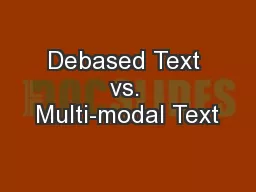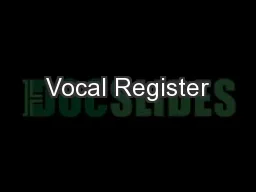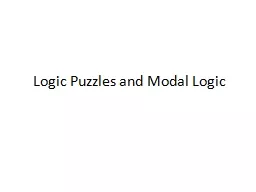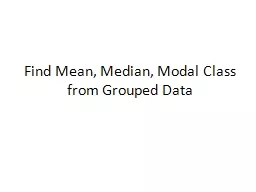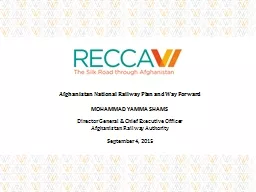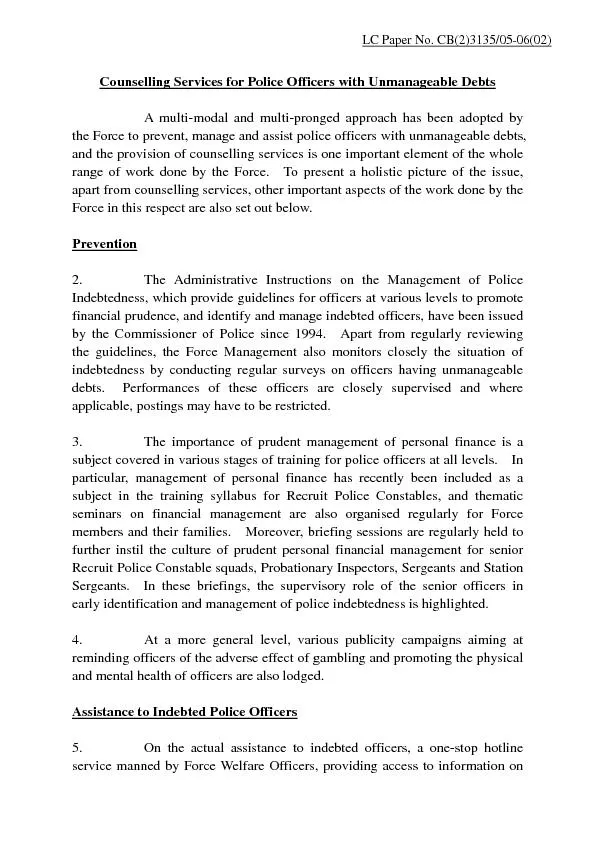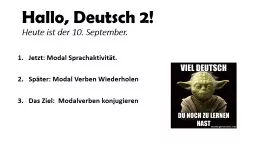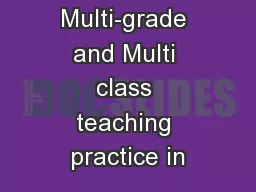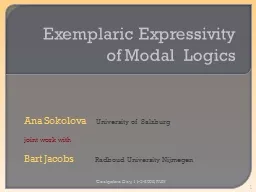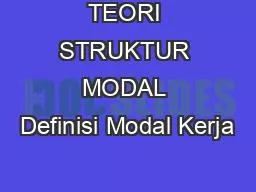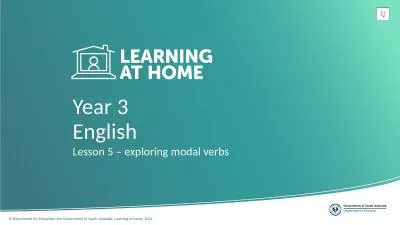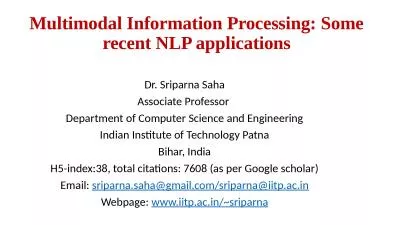PPT-Debased Text vs. Multi-modal Text
Author : conchita-marotz | Published Date : 2016-12-18
Are comics Thrice damned Complexity Meaning Defining legitimate text Academic libraries Locke Simon Fantastically Reasonable Ambivalence in the Representation
Presentation Embed Code
Download Presentation
Download Presentation The PPT/PDF document "Debased Text vs. Multi-modal Text" is the property of its rightful owner. Permission is granted to download and print the materials on this website for personal, non-commercial use only, and to display it on your personal computer provided you do not modify the materials and that you retain all copyright notices contained in the materials. By downloading content from our website, you accept the terms of this agreement.
Debased Text vs. Multi-modal Text: Transcript
Download Rules Of Document
"Debased Text vs. Multi-modal Text"The content belongs to its owner. You may download and print it for personal use, without modification, and keep all copyright notices. By downloading, you agree to these terms.
Related Documents

